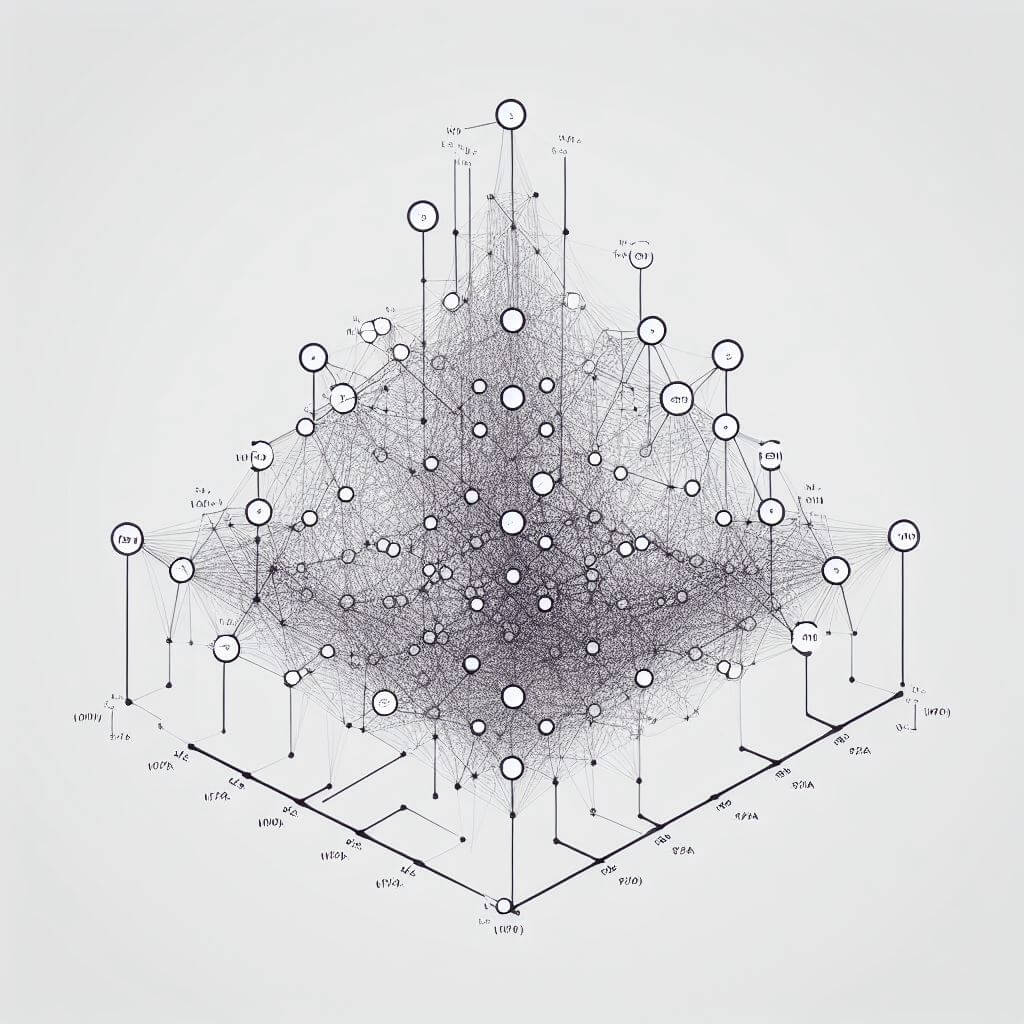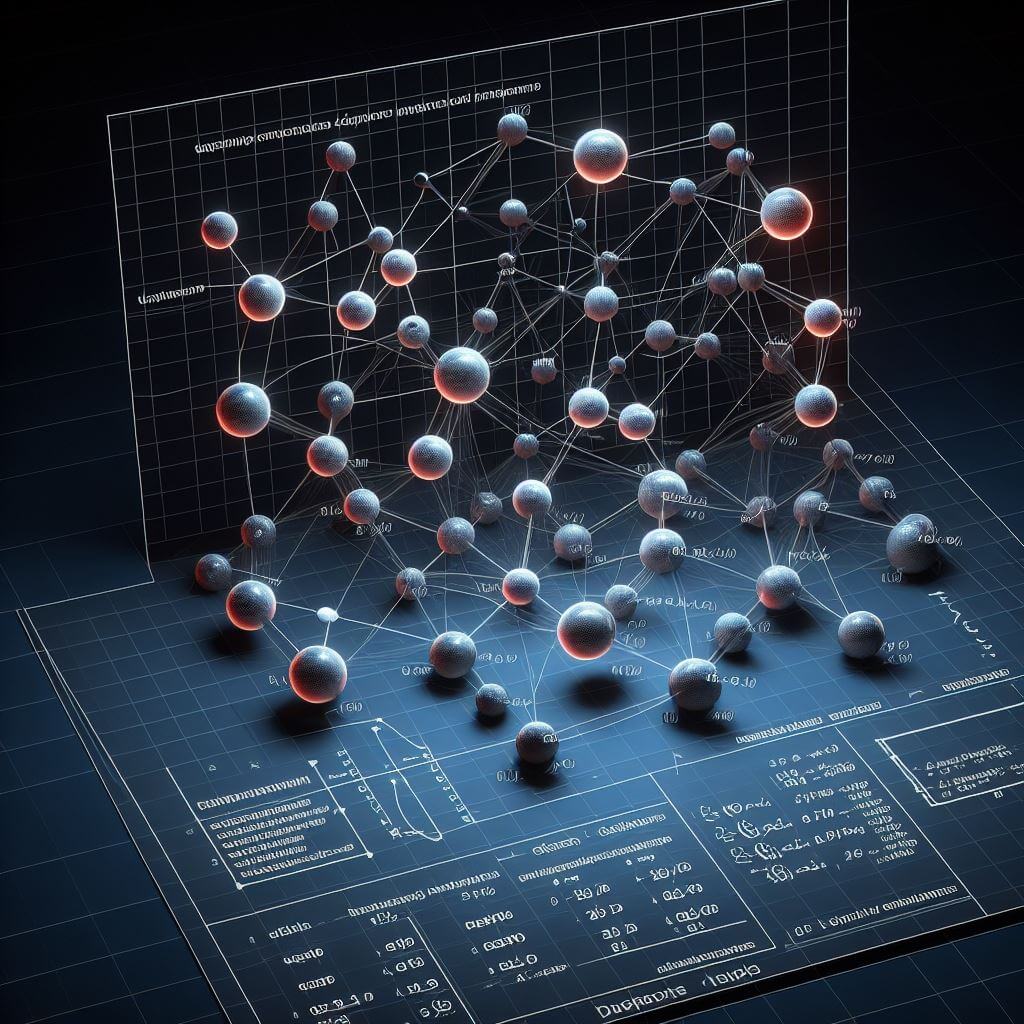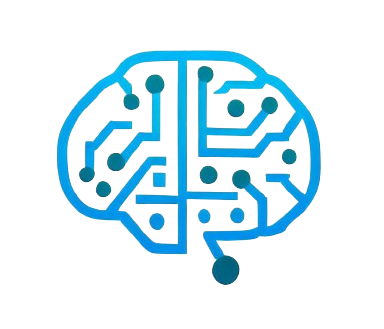To understand Hidden Markov Models (HMMs), we need to explore the basic principles that support their impressive analytical abilities. At the heart of Hidden Markov Models (HMMs) is a basic duality—the interaction between hidden states and observable outputs, forming the foundation of this effective statistical framework for sequence analysis. Hidden states, representing unseen variables within the system, embody the internal dynamics propelling the observed sequence. They encapsulate the complexity, including uncertainties and latent patterns governing the sequence’s evolution.
 In contrast, observable outputs are tangible manifestations, measurable facets that can be directly observed or recorded. These outputs bridge the gap between the hidden states and the external world, leaving concrete representations of the underlying system. In practical applications, such as speech recognition or bioinformatics, observable outputs could be linguistic phonemes or genetic codes, weaving the fabric of sequential data.
In contrast, observable outputs are tangible manifestations, measurable facets that can be directly observed or recorded. These outputs bridge the gap between the hidden states and the external world, leaving concrete representations of the underlying system. In practical applications, such as speech recognition or bioinformatics, observable outputs could be linguistic phonemes or genetic codes, weaving the fabric of sequential data.
The harmony between hidden states and observable outputs makes HMMs well-suited for modeling real-world scenarios. This two-layered structure reflects the relationship between a system’s intrinsic dynamics and the observable manifestations of those dynamics. The challenge, and at the same time the strength, lies in deciphering the hidden states from the observable outputs, much like extracting the underlying narrative from the visible surface.
As the model learns from sequential data, it associates specific hidden states with corresponding observable outputs, identifying patterns and dependencies that might elude simpler analytical approaches. This interplay between the hidden and the observable is the essence of HMMs, enabling them to uncover latent structures within sequential data.
Moving Between States
Hidden Markov Models (HMMs) gain their predictive strength through the use of transition probabilities, a dynamic mechanism guiding the smooth movement between hidden states in a sequence. These probabilities play a significant role in shaping the time-based structure of the model, providing a path for navigating the complex shifts between states.
Transition probabilities represent the likelihood of moving from one hidden state to another, capturing the inherent temporal connections in sequential data. The effectiveness of HMMs lies in their ability to adjust to changing conditions over time, a flexibility finely tuned by the interplay of transition probabilities. By encoding the probabilities of moving between hidden states, the model learns to adapt to the evolving nature of the system it aims to represent.
In practical terms, consider a speech recognition system where hidden states correspond to distinct phonetic units. Transition probabilities in this scenario indicate the likelihood of moving from one phonetic state to another within the spoken sequence. The adaptability of the model becomes evident as it learns from training data, recognizing the natural flow of phonetic patterns and adjusting transition probabilities accordingly. This adaptability is crucial for accurately transcribing spoken words and understanding the inherent fluidity of natural language.
In a broader context, transition probabilities act as the guiding force for HMMs in various applications. In bioinformatics, they determine the likelihood of moving between hidden states representing different genetic motifs, assisting in gene prediction and sequence alignment. In financial analytics, these probabilities steer the model through market trends, enabling it to identify shifts in market conditions and make informed predictions about future states.
It’s important to note that the effectiveness of transition probabilities relies on the Markov assumption. This assumption asserts that the probability of moving to a particular state depends only on the current state and is independent of the sequence of events leading up to it. While simplifying the modeling process, this assumption underscores the efficiency of HMMs in capturing intricate dependencies without the computational burden of considering the entire historical context.
Applications Across Industries
The versatility of Hidden Markov Models (HMMs) is showcased through their successful implementation in a range of real-world projects. In the realm of speech recognition, projects like Google’s Automatic Speech Recognition (ASR) system use HMMs to model phonetic sequences, enhancing the accuracy of transcriptions. Google’s ASR, integrated into products like Google Assistant, demonstrates the effectiveness of HMMs in understanding and responding to spoken language, contributing to seamless user-technology interaction.
 In bioinformatics, HMMs contribute significantly to understanding the complexities of genetic sequences. Projects like GeneMark use these models to predict genes in microbial genomes, utilizing HMMs’ ability to capture dependencies within sequential DNA data. This application aids in gene identification, contributing to advancements in our understanding of biological systems and the potential for personalized medicine.
In bioinformatics, HMMs contribute significantly to understanding the complexities of genetic sequences. Projects like GeneMark use these models to predict genes in microbial genomes, utilizing HMMs’ ability to capture dependencies within sequential DNA data. This application aids in gene identification, contributing to advancements in our understanding of biological systems and the potential for personalized medicine.
The financial industry has embraced the power of HMMs in projects related to market analysis and algorithmic trading. The adaptable nature of HMMs aligns seamlessly with the dynamic shifts in financial markets over time. These models analyze historical market data, identifying hidden states representing different market conditions and providing valuable insights for traders and investors to make informed decisions in the ever-changing landscape of finance.
In the field of climate science, HMMs have been instrumental in projects aimed at understanding and predicting weather patterns. Researchers use these models to analyze sequential data from weather observations, identifying hidden states representing different weather regimes. Such projects contribute to the development of more accurate climate models and enhance our ability to anticipate and mitigate the impacts of climate change.
In healthcare, HMMs are applied in disease modeling and epidemiology. By analyzing the sequential progression of diseases, these models assist in predicting outbreaks, understanding the spread of infections, and devising strategies for effective healthcare interventions. The adaptability of HMMs to evolving datasets makes them valuable tools in addressing the complex dynamics of infectious diseases.
